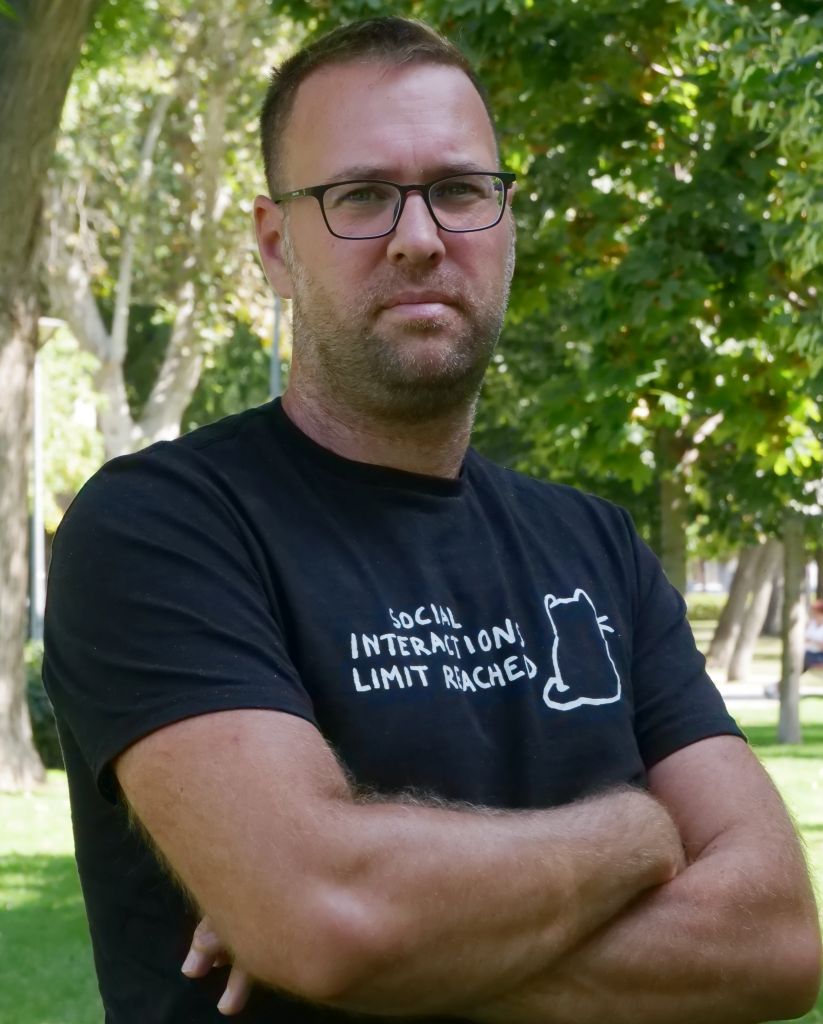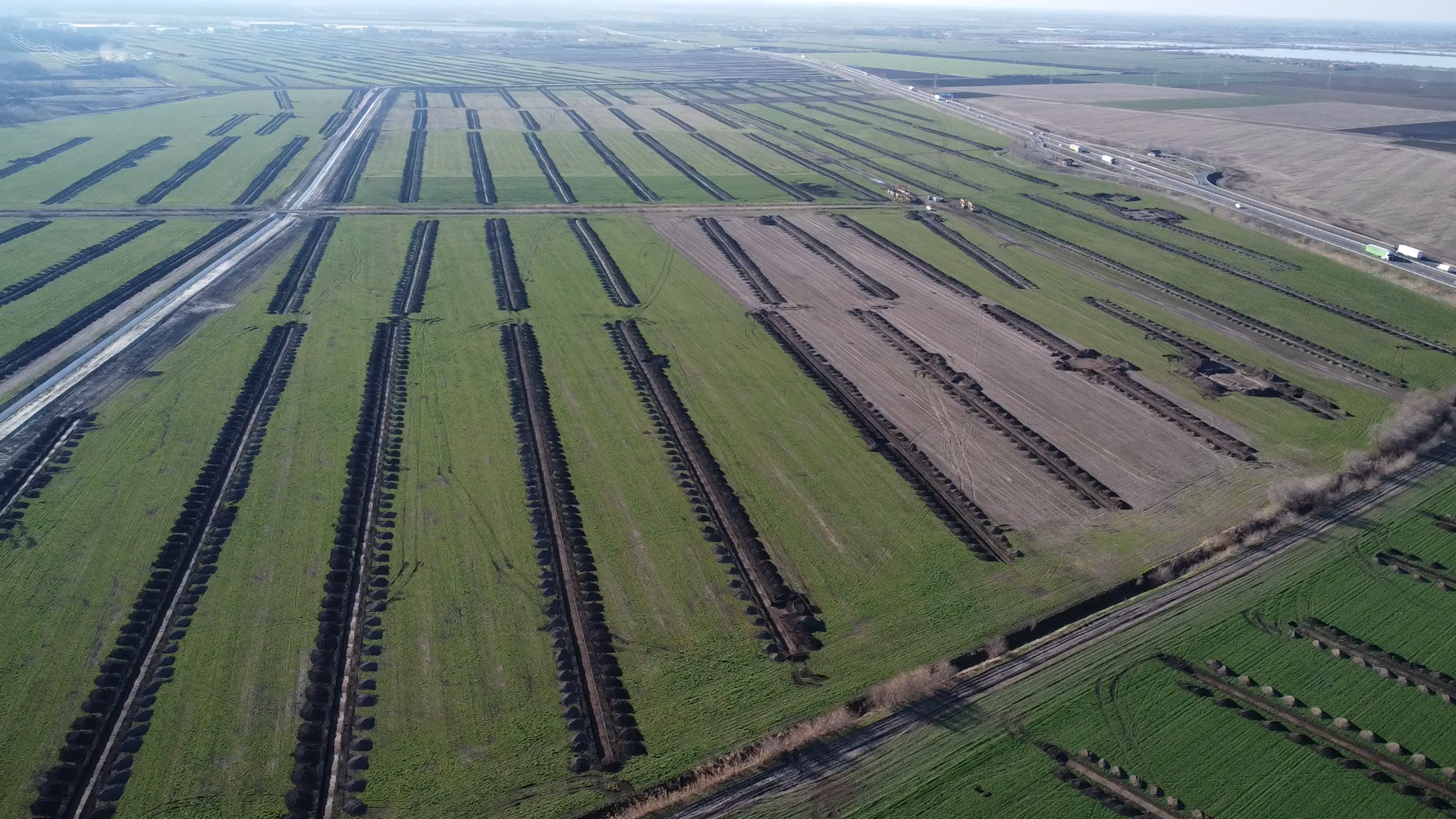The https://english.atlatszo.hu use cookies to track and profile customers such as action tags and pixel tracking on our website to assist our marketing. On our website we use technical, analytical, marketing and preference cookies. These are necessary for our site to work properly and to give us inforamation about how our site is used. See Cookies Policy
Szeged sells land taken from farmers for 17 times the purchase price to Chinese factory
At the end of January, the Szeged municipality contracted BYD to build a Chinese car factory on about 300 hectares of land near the city. The farmers have asked for the contract, which shows that the municipality will receive 17 times more for the land than it pays to the farmers, while the former Pick-owned land can be sold to the Chinese factory at below cost price.
“I believe that we farmers are doing an outstanding activity for the nation by producing a basic food staple at great risk,” a Szeged farmer wrote to Átlátszó. “An example of this is the historic drought of the past few years and the state of the produce market. We do all this by farming these soils sparingly, preserving their fertility for future generations at no small cost. As the Constitutional Court has stated: ‘the particular risk-sensitivity of land and its low profitability are the embodiment of a particular social bond between land ownership’. Therefore, I ask the city of Szeged to honour the farmers by appropriating their land at a fair price.”

His outcry came after he was confronted with land expropriation for BYD. The municipality of Szeged informed him last September through a law firm that his land would be taken away.
The owner was given 30 days to sign the contract. An expert noted that the purchase price is low. “In order to achieve the development objective designated by Government Decree as the basis for the expropriation, the Buyer wishes to purchase the entire area of the Property for a net price of HUF 43,759,752,” the document read.
In other words, a net price of HUF 444 per square metre, or a gross price of HUF 563 per square metre.
Not that the gross price matters – most of these payments will be made at net price because they are private. The average price for almost all the other owners falls between HUF 320 and 390 per square meter.
“The preliminary contract for the acquisition of the Szeged site of the BYD Chinese electric car factory was signed in a video conference,” Telex reported. They were unable to report live – only the pro-government media was given the privilege of doing journalism.
At the signing ceremony on January 30, Mayor László Botka said: “Szeged has fulfilled all its commitments in the preparation of the project and will continue to do so on time until the handover of areas of the 300-hectare-plus land. The land has been purchased and expropriated by the city, or it will be purchased and expropriated in the coming future.”
Work is already underway
The farmer received the draft of the expropriation documents in September. In October, he received a letter from the bureau that the munition disposal and a trial run can kick off, and the date of the official procedure was set to 15/09/2023.
The farmer was also sent a document entitled “sale in lieu of expropriation”, which means that
the land still belongs to the owner, but the authorities have already requested control.
The decision of the bureau also stipulates: “Prior to the expropriation, preparatory works may be carried out on the property only if particularly justified and with the least possible restriction on the normal use of the property. The purpose may be to carry out the necessary measurements and tests in preparation for the expropriation. In the case of works of major importance for the national economy, the removal of munitions and trial trenches and preventive archaeological excavations shall also be considered preparatory work, provided that they do not result in irreparable changes to the property.”
It was written: “The applicant has indicated a planned start date of October-November 2023 if archaeological trial trenching is permitted as prep work.”
Now, the preparatory work is hustling and bustling. Long trenches have popped up all over the soon-to-be BYD factory site.
Szeged buys low, sells high
Átlátszó received a farmer’s pre-contract for the sale of real estate, concluded between the City of Szeged and BYD on January 30. BYD plans to acquire from three properties. “From the Original Properties in the Industrial Park, it has created by land conversion a property of approximately 131.76 ha (“Property I”), a property of approximately 162.33 ha (“Property II”) and another property of approximately 14.12 ha (“Property III”)”, which totals 300 hectares,” it wrote. “The Contract provides for the preparation of an independent RICS Red Book Expert Report, prepared by an international valuation firm jointly appointed by the Parties, which meets market standards and confirms that the Purchasing Price is a fair market price.”
Clause 7 states:
“The parties agree that the Property I Purchase Price is EUR 19/m2 + VAT,
which, calculated on the basis of the expected total area of the Property I, totals EUR 25,034,400.00 + VAT, i.e. a gross amount of EUR 31,793,688.00.” This price of EUR 19/m2 + VAT (EUR 24.13 gross) also applies to the other two blocks.
We recently reported that the municipality of Szeged paid a net amount of EUR 22.8 million – around 8.6 billion forints – for several properties formerly owned by Sándor Csányi’s Pick Szeged Salami Factory Ltd.
In response to our public data request, we received parcel numbers and a sum of money, which was then uploaded to the city’s website. According to the title deeds, the City of Szeged purchased a total of 97 hectares of investment land with private roads from Pick Szeged Ltd this autumn.
The land price contracted with BYD is EUR 24,13 gross, which is what Szeged receives for the land.
This is almost €5 per square metre less than the price paid for the land owned by Csányi.
But here’s the twist. As shown in the example at the beginning of this article,
farmers are paid a price of HUF 563 – HUF 444 net – or 1.14-1.4 euros/m2.
Then, after the reclassification, the city sells the land for €24.13, which is 17-21 times more than what it bought the land for.
Translated by Vanda Mayer. The original, Hungarian version of this story was written by Csaba Segesvári and can be found here.


